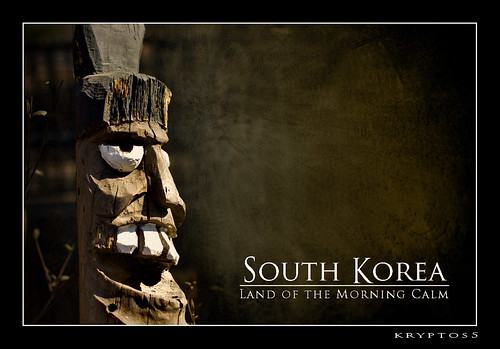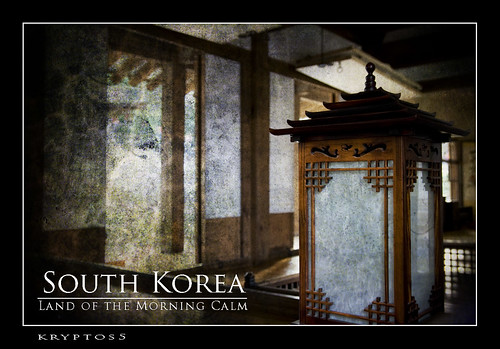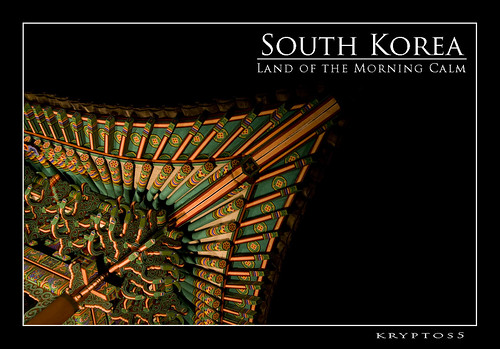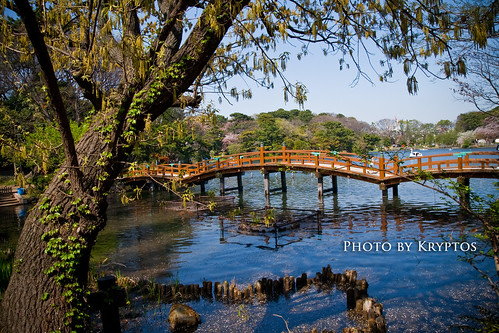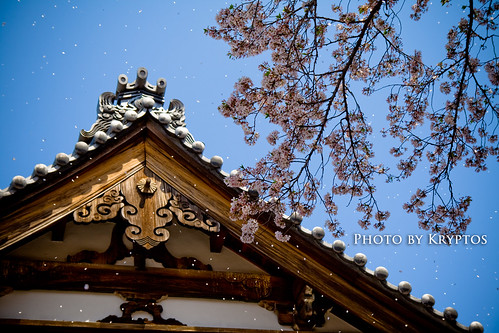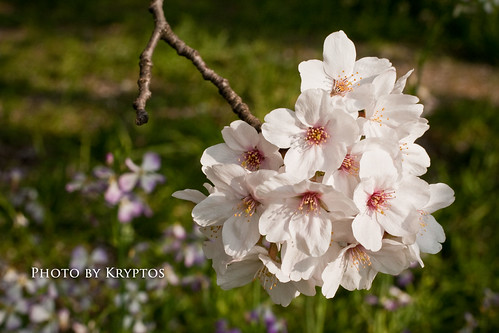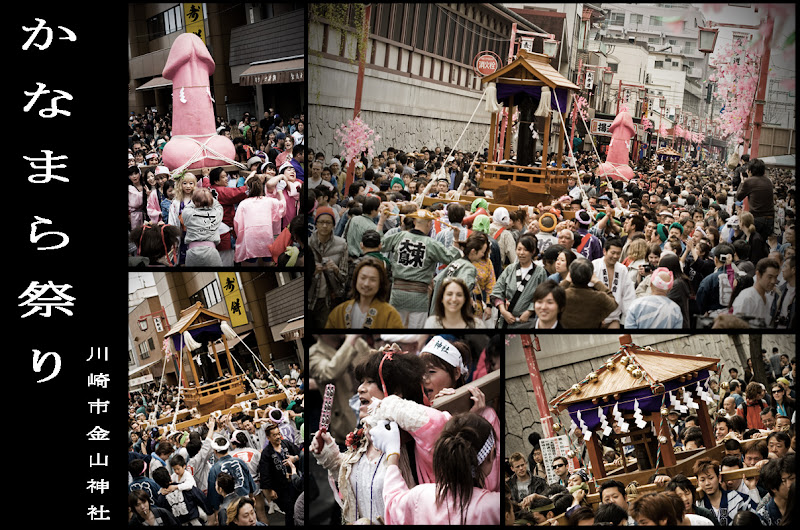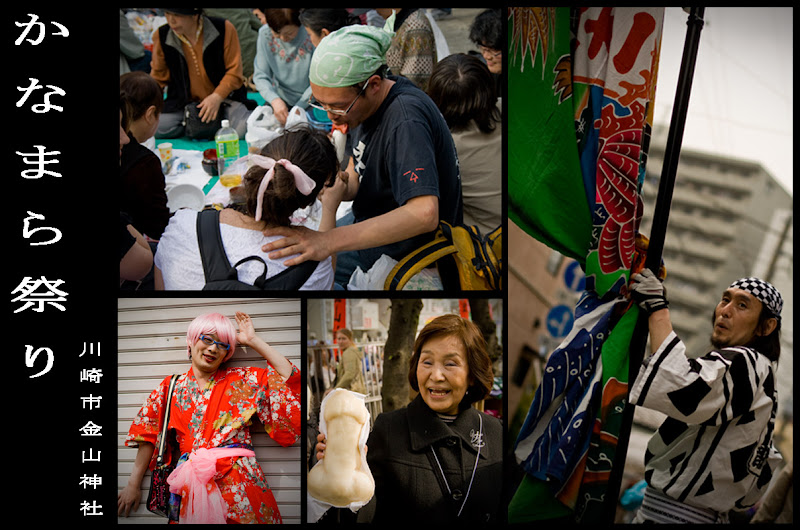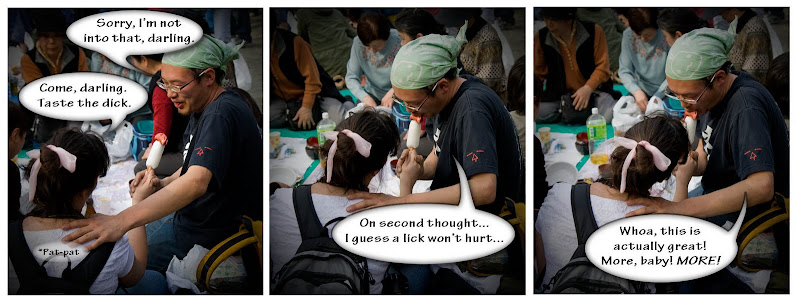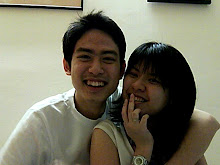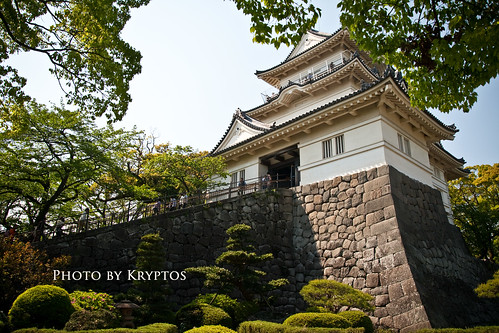
Come to think of it, I've only been to two castles in Japan. The first one being Matsumoto Castle (松本城) in Nagano Prefecture and this second one, Odawara Castle (小田原城) in Kanagawa Prefecture. Stopping by in Odawara wasn't my initial plan. Waking up at 5.30am, taking a two-hour train ride followed by a three-hour hike left me longing for an afternoon nap, even just a doze before going off again for a farewell dinner with my colleagues. (It wasn't much to my surprise that after the dinner, we ended up at a karaoke till the last train!)
But, spending all that effort and money to travel all the way to Hakone (箱根) just for a morning hike wasn't too fulfilling. Besides, I had to transit at Odawara station anyway, so why not make a brief stop, I thought. So, after treating my famished stomach to a gyuudon (お好み牛玉丼) at Sukiya - by the way, it was my second time since last Sunday - I headed towards Odawara Castle.
Odawara is an old city located at a strategic point on Tokaido (the ancient Edo-Kyoto Highway).. Whoever was in-charged of this city also controlled the traffic between Sagami area (now Kanagawa) and Tokai (south of modern-dayTokyo). During the post-Warring States Period (16th century), the castle belonged to the Hojo clan for five generations, but was taken over by Toyotomi Hideyoshi (豊臣 秀吉) and handed over to Tokugawa Ieyasu (徳川 家康). Later in 1870 during the Meiji Period, it was sold away by the government and demolished, only to be replaced by a shrine 23 years later.
In the early Showa Period, there was even a ferris wheel, which was naturally a famous local attraction. It wasn't until the year 1960 (22 years after Odawara city was designated as a national historical site) that they finally rebuilt the castle keep.
All in all, it's a small castle with a big compound and a short stretch of moat on the lower side. There's no more ferris wheel but guess what, they keep monkeys and an elephant right in front of the castle keep! What's more, there's even train rides for children! I guess this is the quirkest castle I'll ever see.
